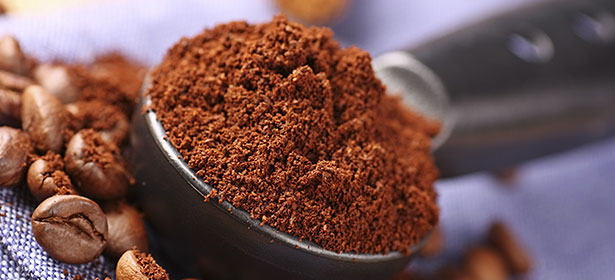Top rated
Top rated
- best buy
- Speed of making an espresso
- Ease of use
Full Access first month £5, then £10.99 per month, cancel at any time

A traditional espresso machine uses ground coffee and is perfect for creating that authentic coffee shop experience in the comfort of your own home.
Technically other types of coffee machines are espresso machines too because they make espresso, but here we use 'espresso machine' to refer to traditional manual or pump-style espresso-makers, as well as automatic espresso machines that use ground coffee.
See Best coffee machines for help choosing between a pod, traditional espresso or bean-to-cup machine.
In the table below, we've selected some of the best espresso machines from our rigorous coffee machine tests, which include a blind taste test by our coffee experts. Only models tested to our new test programme are featured.
Unlock our recommendations below by logging in or, if you're not a member, join Which? to get access to all our reviews.
Full Access first month £5, then £10.99 per month, cancel at any time
Full Access first month £5, then £10.99 per month, cancel at any time
Want to see more machines like this? Check out all of our coffee machine reviews.
There are a few key questions you should ask yourself before you buy an espresso machine:
Our guide to Which coffee machine brand to buy will help you choose the best brand for you.
Beyond making great espresso, there are a few things you should expect from a good espresso coffee machine:

Many espresso machines look for a traditional look, with old-fashioned dials and controls that leave you to decide the length and strength of your drink.
A light-coloured machine may take some extra effort to keep clean, as they can get mucky during coffee making and milk frothing.
Some of the machine's removeable parts, such as the portafilter or filter basket, may also be dishwasher-safe, so it's worth checking the manual for guidance on this.
These days, most traditional espresso machines have a steam wand for frothing milk so you can make milky coffees, such as lattes or cappuccinos.
This indicates the level of pressure used to push water through the ground coffee to make an espresso.
Most traditional espresso machines range from 9 to 20 bars, which ensures your coffee is not under-extracted with a sour flavour or over-extracted with a burnt flavour.
Keep in mind that it's not just the pressure that will affect the taste of your coffee. Other factors, such as the quality of coffee, brewing temperature and the size of the coffee grounds, will all contribute.
Some espresso machines use heat from the boiler to warm the plate on top of the coffee machine, where cups can be placed to gently warm them before use.
If you think you'll often be making coffee for two, look for a machine with a double filter (the small basket that holds the ground coffee and is placed in the portafilter).
If you like to make your latte in a glass or use other non-standard sized cups, look for a machine that can accommodate this through, for example, a removable drip tray.
Use the filters on our coffee machine reviews to find a model with all the features you need.

The best type of coffee to use with your traditional espresso machine is a strong, dark roast. It should be finely and evenly ground so that the water can be pushed through it at the correct rate to get the best flavour.
Look out for ground coffee labelled 'espresso' or specifically designed for use in coffee machines - it's the same stuff as the regular ground coffee that you'd use with a cafetiere or drip coffee machine, just roasted longer and ground more finely. Alternatively, you can buy whole dark-roast beans and grind them yourself at home.
If you choose to grind your own beans, take care not to grind them too coarsely or you'll end up with sour, acidic-tasting coffee, caused by the water not being able to extract enough flavour (under-extraction). In terms of consistency, aim for a grind a little finer than table salt.
Read our round-up of the Best coffee grinders 2024 including hand and electric burr grinders.

ESE pods (easy serve espresso pods) are single-use coffee pods that look a bit like teabags filled with coffee.
Normally containing around 7g of coffee, they are designed to do away with the measuring out and tamping of your coffee before making it, and they make cleaning up afterwards easier, too.
ESE pods are manufactured by many brands, so they offer the freedom to try different types of coffee. They can also be used in many brands of machine - check your machine's manual to see whether it's compatible.
You can dispose of used ESE pods in your organic food waste recycling bin.
To find out more about coffee pod recycling, see Reusable, recyclable and compostable coffee pods.
Having problems with your espresso machine? Here's how to remedy the most common issues:
Many problems such as leaking, excessive dripping or reduced water flow can also be put down to a build-up of limescale, so it's important to descale your espresso machine regularly - see How to clean your coffee machine for more advice. This is particularly important if you live in a hard-water area.
For more tips on making great coffee, see our guide to How to make perfect espresso and cappuccino.